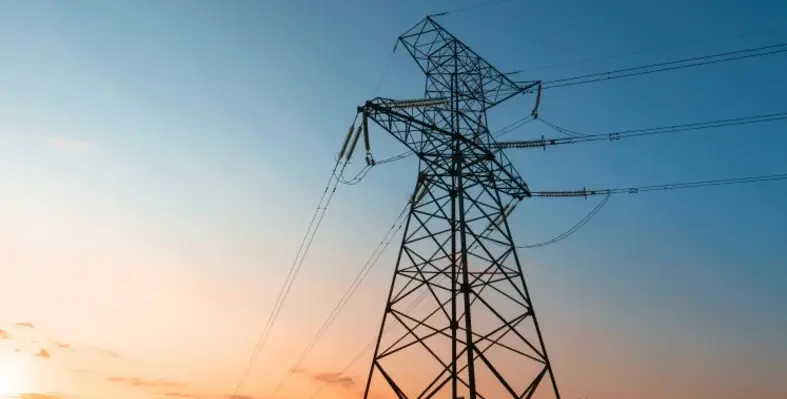
IEA reports energy sector employment reached 76 million in 2024, but skilled labour shortages threaten progress.
Strong global investment in energy infrastructure helped push energy-sector employment up by 2.2% last year, almost twice the pace of job growth across the broader world economy, according to a new report from the IEA
The World Energy Employment 2025 report, published today, indicates that the global energy workforce expanded to 76 million in 2024, marking an increase of over five million positions compared to 2019. Over the past five years, the sector has accounted for 2.4% of all net new jobs created globally.
Much of this momentum stems from the power sector, which has generated three quarters of recent employment gains and now stands as the largest employer in energy, surpassing fuel supply. Solar PV continues to be a central catalyst for hiring, supported by notable expansions in nuclear power, electricity grids and energy storage. As electrification accelerates across various industries, employment in EV manufacturing and battery production surged by nearly 800,000 roles in 2024.
Fossil fuel employment demonstrated resilience throughout 2024. Coal sector jobs climbed in India, China and Indonesia, lifting coal industry employment 8% above 2019 levels despite steep reductions in advanced economies. Meanwhile, oil and gas companies have recovered most of the positions lost in 2020, though falling prices and economic uncertainty have prompted workforce reductions in 2025. Early indicators suggest that overall energy-sector job growth is likely to ease to 1.3% this year, with tight labour markets and geopolitical tensions prompting businesses to slow hiring.
Despite the sector’s strong hiring record, the report flags a worsening shortage of skilled workers. More than half of the 700 companies, labour unions and training organisations surveyed through the IEA’s Energy Employment Survey cited severe recruitment challenges that risk delaying infrastructure development, slowing major projects and increasing system costs.
“Energy has been one of the strongest and most consistent engines of job creation in the global economy during a period marked by significant uncertainties,” said Fatih Birol, IEA executive director. “But this momentum cannot be taken for granted. The world’s ability to build the energy infrastructure it needs depends on having enough skilled workers in place. Governments, industry and training institutions must come together to close the labour and skills gap. Left unaddressed, these shortages could slow progress, raise costs and weaken energy security.”
Technical and applied roles including electricians, pipefitters, line workers, plant operators and nuclear engineers remain among the hardest to fill. These occupations have collectively added 2.5 million jobs since 2019 and now make up more than half of the global energy workforce, more than double their share of total employment across the wider economy.
Demographic pressures are also mounting. In advanced economies, 2.4 energy-sector workers are nearing retirement for every new entrant under the age of 25. Nuclear and grid-related professions face some of the most acute ageing dynamics, with retirement-to-new-entrant ratios of 1.7 and 1.4 to 1 respectively.
Meanwhile, the number of newly trained workers entering the field is insufficient to meet demand. To prevent the skills gap from widening further by 2030, the global pool of newly qualified energy workers would need to expand by 40 percent. Achieving this increase would require an estimated US$2.6bn in additional annual investment, less than 0.1 %of total global education spending.
The report emphasises that policy interventions can help reverse these trends. Survey respondents cited training costs, forgone wages and limited awareness of available programmes as major barriers to workforce entry. Effective approaches include targeted financial support for learners, broader apprenticeship offerings, greater industry participation in curriculum development and expanded investment in training centres. Additionally, reskilling within the sector is becoming increasingly important. While certain regions are already experiencing declines in fossil fuel employment, strategic retraining programmes could enable workers to transition into fast-growing segments of the energy system.








